Rubber Plant Cutting
alpanther
12 years ago
Related Stories
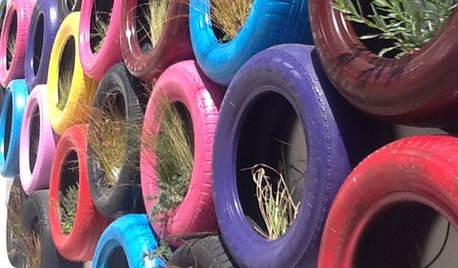
SALVAGECan We Bounce Some Great Recycled-Rubber Ideas Off You?
No need to bemoan that spare tire. Old rubber is getting a guilt-free second life as flooring, pavers, sinks and even furniture
Full Story
HOME OFFICESQuiet, Please! How to Cut Noise Pollution at Home
Leaf blowers, trucks or noisy neighbors driving you berserk? These sound-reduction strategies can help you hush things up
Full Story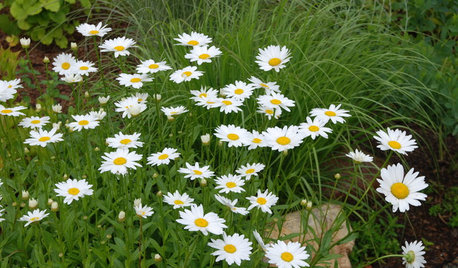
FLOWERSBest Cutting-Garden Beauties for Late Summer
Pick blooms bursting with color or in classic white for bouquets to give away or keep all to yourself
Full Story
GARDENING GUIDES7 Ecofriendly Gardening Ideas That Also Cut Chore Time
Spend less time weeding, less money watering and more moments just sitting back and enjoying your healthy garden
Full Story
KITCHEN DESIGNKitchen Counters: Try an Integrated Cutting Board for Easy Food Prep
Keep knife marks in their place and make dicing and slicing more convenient with an integrated butcher block or cutting board
Full Story
HOLIDAYSHow to Care for Your Christmas Tree
Keep your tree looking lush until the last ornament is packed away with these tips for watering, using stands and more
Full Story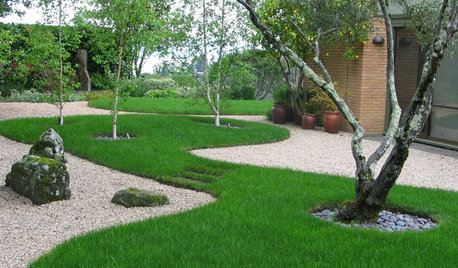
LANDSCAPE DESIGNIs Your Garden Cut Out for Matisse Inspiration?
Look to the artist’s paper collages for a creative and easy approach to garden design
Full Story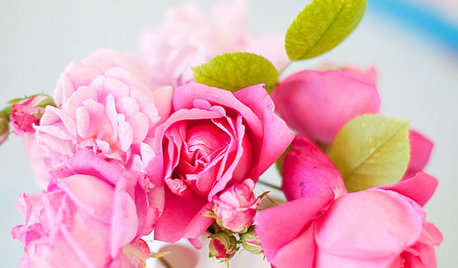
BUDGET DECORATINGSimple Pleasures: Treat Yourself to Cut Flowers
Enjoy priceless beauty with just a few inexpensive stems — and you don’t need fancy vases, either
Full Story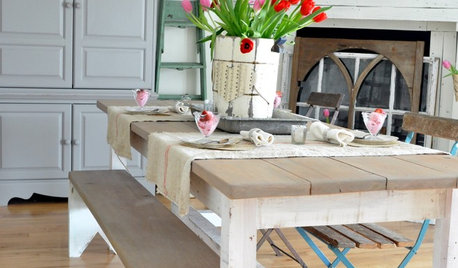
DECORATING GUIDESSpring Style: Fresh-Cut Flowers for Every Room
Graceful, lively or dramatic, fresh flowers make rooms of every shape, size and style that much lovelier
Full Story
DECORATING GUIDESWicker Style: Cottage to Cutting Edge
Find Wicker for Every Look, From Classic Porch Chair to Spaceship Daybed
Full StoryMore Discussions






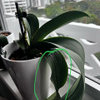


scsva
scsva
Related Professionals
Londonderry Landscape Architects & Landscape Designers · Lakeland Landscape Contractors · Woburn Landscape Contractors · Wakefield Landscape Contractors · Americus Landscape Contractors · Bell Gardens Landscape Contractors · Cudahy Landscape Contractors · Laguna Hills Landscape Contractors · Lemont Landscape Contractors · Long Branch Landscape Contractors · Mashpee Landscape Contractors · Mastic Beach Landscape Contractors · New Cassel Landscape Contractors · Stallings Landscape Contractors · Tacoma Landscape Contractorstropicofcancer (6b SW-PA)
alpantherOriginal Author
tapla (mid-Michigan, USDA z5b-6a)
alpantherOriginal Author
tapla (mid-Michigan, USDA z5b-6a)
alpantherOriginal Author
tapla (mid-Michigan, USDA z5b-6a)
alpantherOriginal Author
MsGreenFinger GW
tapla (mid-Michigan, USDA z5b-6a)
alpantherOriginal Author
tapla (mid-Michigan, USDA z5b-6a)